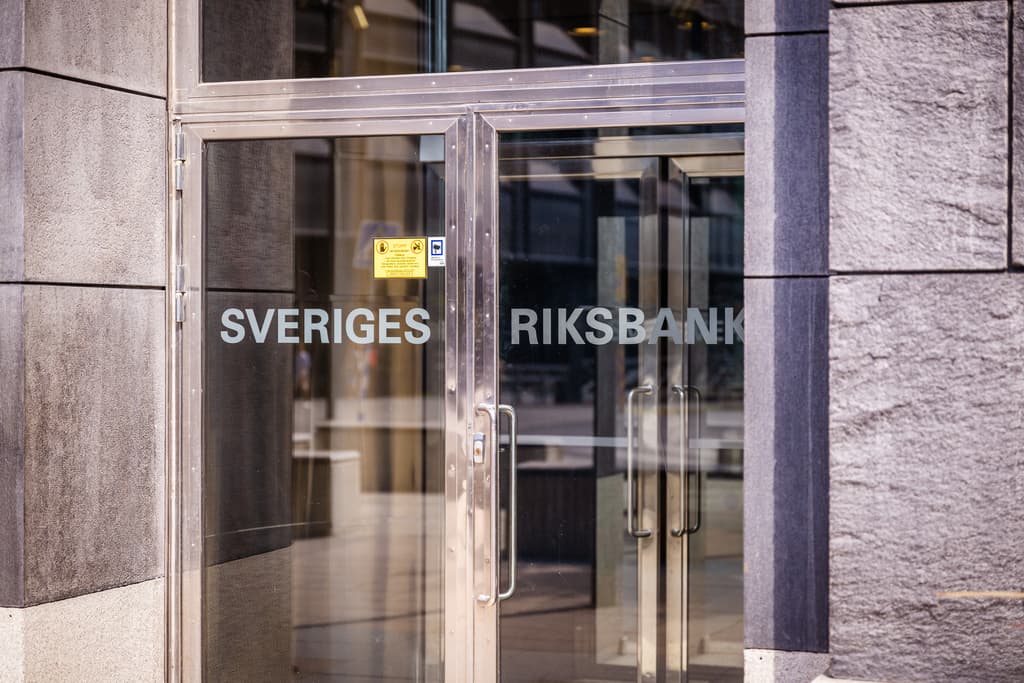The Swedish Central Bank's decision to now open up for three rate cuts during the remainder of 2024 is applauded by several chief economists. They see it as absolutely necessary given the state of the Swedish economy and the fact that inflation has fallen back sharply.
It wouldn't have surprised me if they had even said that "it's leaning towards three rate cuts", says SEB's chief economist Jens Magnusson about today's announcement.
His colleague at Swedbank, Mattias Persson, is on the same line:
It was about time and a good decision. They're now a bit softer, but the Swedish economy needs rate cuts, so this was good, he comments.
This Year
The rate cut will now be the second this year, after the Swedish Central Bank in June chose to remain at the same level. This is happening at the same time as the Swedish economy is slowing down and unemployment is expected to rise to 8.4 percent during the second quarter.
TT: Is there a risk that the Swedish Central Bank is now too late with the cuts?
Absolute. I thought already after the June meeting that it could have been a missed opportunity. There is a risk that they were a bit late on the puck. What the Swedish Central Bank can control is the domestic economy, here I'm afraid that the labor market will continue to weaken, says Mattias Persson.
Jens Magnusson shares the view that it's a worrying situation for the Swedish economy as a whole and there is a fear that the cuts may come too late.
There is a cost to keeping interest rates high for a long time. It costs households and companies and growth. Then there are naturally risks with the opposite and that inflation can come back, but it's possible that they could have made a cut even at the previous rate meeting.
Policy Rate Below 3 Percent
Both major banks are now making the assessment that the Swedish Central Bank will actually cut rates at every remaining monetary policy meeting this year. This would mean a policy rate of 2.75 percent by the end of the year.
I don't think they'll increase the pace with 50-point cuts, says Jens Magnusson.
Our calculations are that a neutral rate, i.e. a rate that is not restrictive or expansive, is around 2 percent, so they have a good way to go, notes Mattias Persson.





